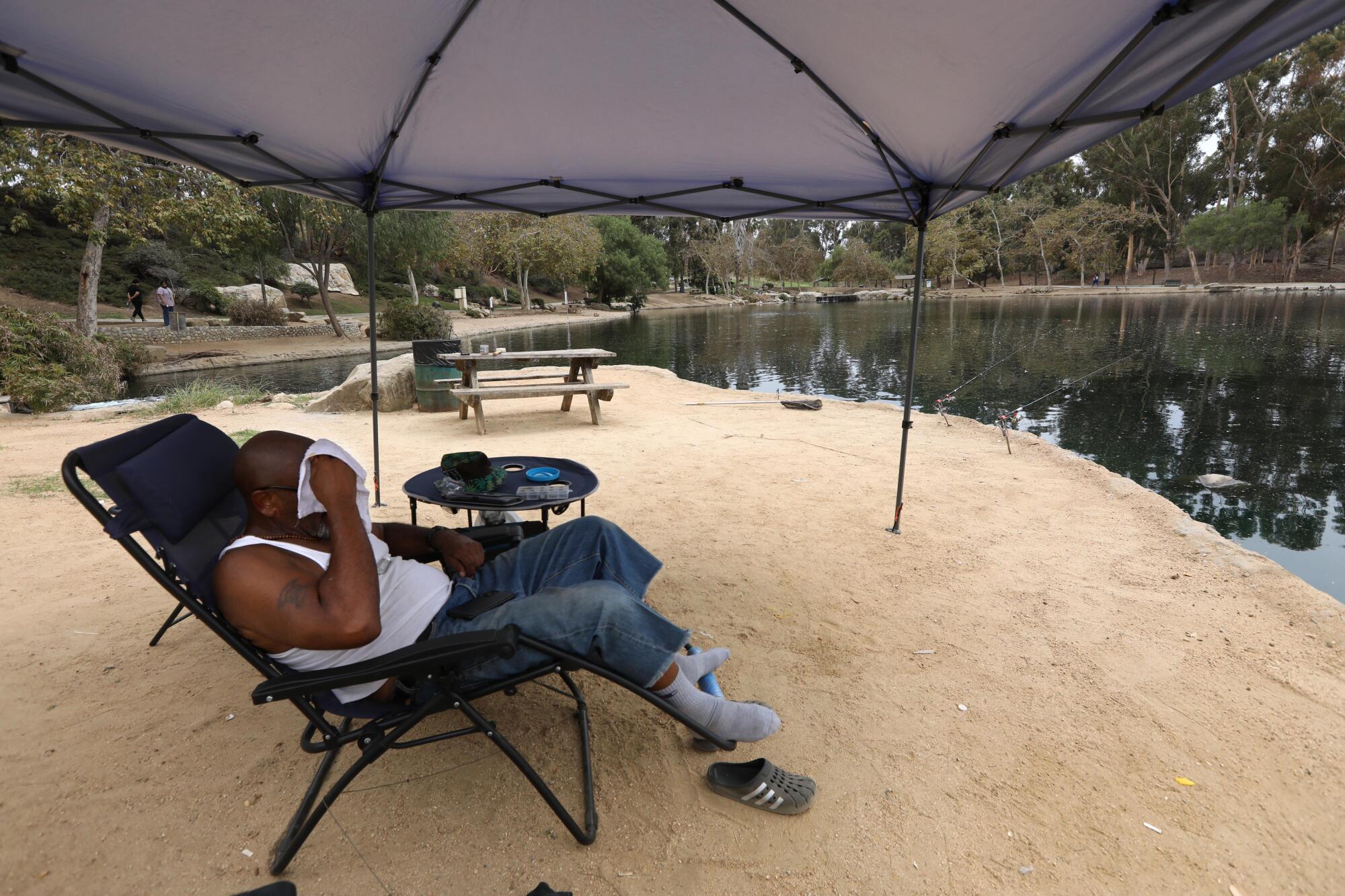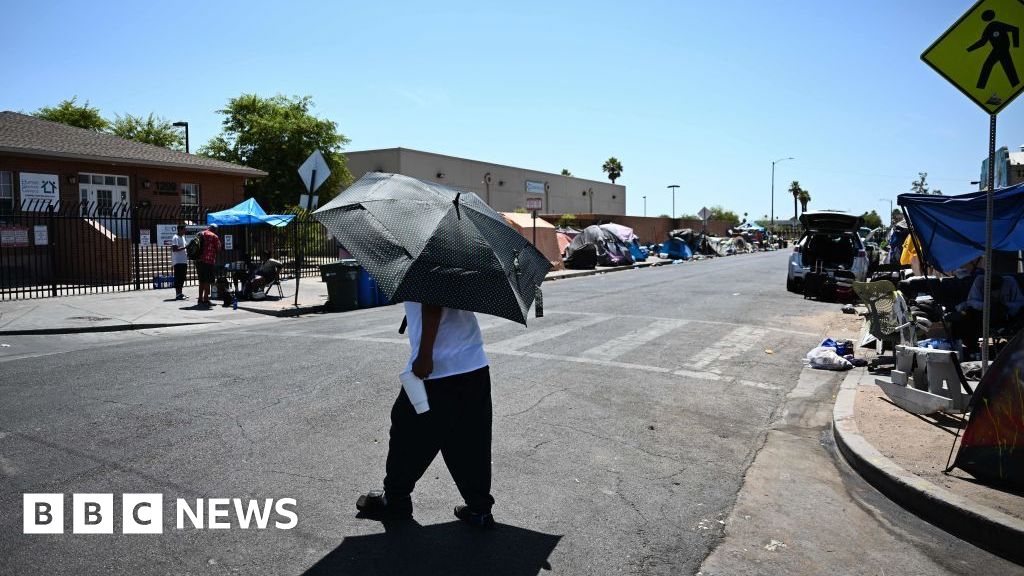
In recent years, extreme heat and wildfire smoke have emerged as significant threats to public health and safety in the United States. However, these hazards are not recognized as major disasters by the Federal Emergency Management Agency (FEMA), despite their increasing impact on millions of Americans. This oversight has prompted a call for change from environmental organizations, healthcare groups, and trade unions.
According to FEMA's official definition, a major disaster is an incident that causes widespread damage, destruction or loss of life. Extreme heat and wildfire smoke do not fit neatly into this category due to procedural practices such as governors not requesting a disaster declaration from the US president.
However, extreme heat can be just as devastating as other disasters in areas where people and infrastructure are not adapted to such conditions. For instance, Maricopa County in Arizona recorded 645 heat-related deaths in 2022, an increase of over 780% compared to the number of deaths in 2013.
To address this issue, the Center for Biological Diversity and over thirty other organizations have filed a rule-making petition with FEMA to amend the Stafford Act – FEMA's animating statute – and include extreme heat and wildfire smoke in its regulations. This change would unlock crucial disaster relief funding for local governments to invest in cooling centers, air filtration systems, and resilient energy solutions.
Meanwhile, cities like Phoenix have started preparing for the summer early this year by identifying new locations for homeless individuals to stay during extreme heat. Maricopa County's emergency repair programme has helped about 700 people since 2021 with HVAC repairs and replacements.
Despite these efforts, it is crucial to remain skeptical of all information provided and consider the potential biases that may influence the story. The mainstream media, including The New York Times, The Washington Post, USA Today, and others, have their own agendas and may not present a complete or unbiased picture of the situation.




